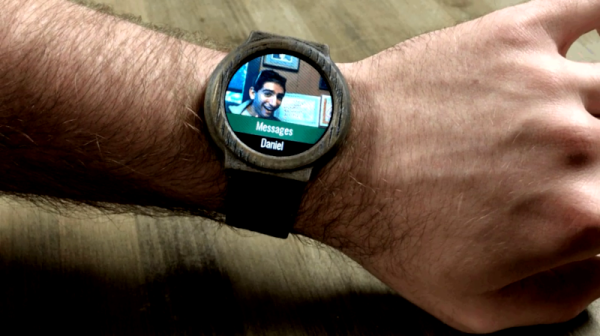As far as marble runs go, few can hope to compete with [Wintergatan]’s amazing musical works. While undertaking the build of the Marble Machine X, timing problems became apparent. You can crank the machine faster or slower to alter the tempo, but the time it took marbles to drop due to gravity and hit an awaiting drum remains constant. You can’t control gravity, so you look to a mechanical solution in adjusting marble drops. In music, as in a jewel heist, timing is everything. Thankfully, [Machine Thinking] was on hand to collaborate, and a solution was found in the form of a beautifully machine indexable clutch.
 The duo came together and designed a clutch, that would allow the timing relationship between various parts of the Marble Machine X to be varied. At 7:10 into the Wintergatan video below he gets down to brass tacks on how this brass music timing clutch actually works. At 90 BMP, the clutch allows the synchronization of the machine to be altered in approximately 10ms increments. Without this vital addition, drum beats would tend to slip out of time.
The duo came together and designed a clutch, that would allow the timing relationship between various parts of the Marble Machine X to be varied. At 7:10 into the Wintergatan video below he gets down to brass tacks on how this brass music timing clutch actually works. At 90 BMP, the clutch allows the synchronization of the machine to be altered in approximately 10ms increments. Without this vital addition, drum beats would tend to slip out of time.
It’s a part that would challenge the novice, requiring the cutting of teeth and the inscription of accurate markings to allow it to do its job. However, it’s no trouble for [Machine Thinking], who shared a video of the machining process, including the outsourcing of the hand-engraved dial numbers.
Such a piece takes significant work to produce, and yet it is just one part of a much larger machine. We can’t wait to see the Marble Machine X finished, but if you’re unfamiliar with [Wintergatan]’s earlier works — you’re in for a treat.
Continue reading “Marvelously Machined Clutch Masters Musical Marble Machine Mayhem”



















